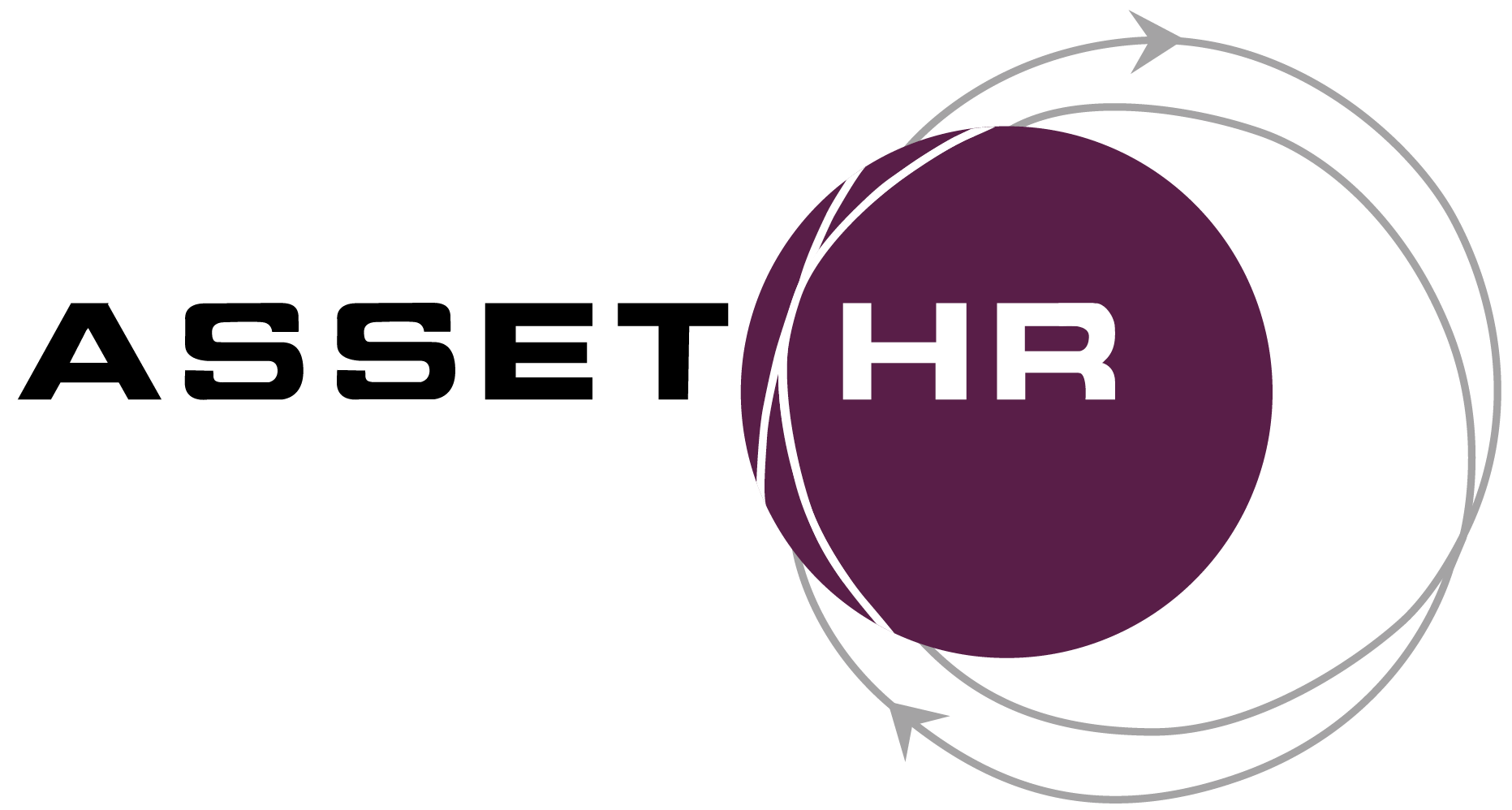New Proposed OSHA Rule: What It Is and How It Could Impact You

The Occupational Safety and Health Administration (OSHA) has recently proposed a new mandate relating to the reporting of employee illnesses or injuries. This new rule reestablishes and expands upon guidelines that were created during the Obama administration.
As with any other regulatory change, company leaders are responsible for understanding these new rules and how they impact their organizations. Here’s some of the information you need to know:
What Is the Proposed OSHA Rule?
The new rule adds to and amends requirements that businesses send reports of employee injuries or illnesses to OSHA electronically. It impacts companies that have 100 or more employees and are in specific industries.
The proposed change is that once annually, these companies will have to electronically submit information from the following OSHA forms:
- 300: log of work-related illnesses or injuries
- 301: individual illness or injury report
- 300A: summary of work-related illnesses or injuries
OSHA intends to make this information publicly available by publishing a searchable online database.
What Is Changing?
Currently, OSHA reporting regulations affect companies with ten or more employees, except for those in certain industries that are defined as “low hazard.” These companies must maintain records of each illness or injury that is a work-related new case and meets the criteria for reporting established for form 300.
Reportable incidents include any that involve:
- Loss of consciousness
- Death
- Time off work
- Need to transfer to another role
- Restricted duties
- Chronic illnesses
- Fractures
- Ruptured eardrums
- Broken teeth
Any injury or illness that cannot be treated with on-site first aid must be reported.
Currently, these forms must be submitted for companies that have 250 or more employees or that have fewer employees but are in certain industries.
However, these rules were challenged and rolled back during the last administration. The arguments made were that these requirements exceeded the authority of OSHA and put organizations at risk of having to provide information that included trade secrets or was otherwise confidential.
New Changes
If the new rule takes effect, the reporting requirements will be reestablished. However, the following changes will be implemented:
First, the requirement for reporting for companies with more than 250 employees is removed if those businesses aren’t in specific industries. This requirement would be replaced with a rule impacting businesses with more than 100 employees in certain industries.
One industry will be added to the list of designated industries, and 13 others will be removed. Companies with 20 or fewer employees will be virtually unaffected. And the system used to classify industries will be updated.
The Purpose of Proposed OSHA Changes
OSHA has several key goals that are driving these regulatory changes:
- Giving employers the ability to compare illness and injuries numbers
- Providing job seekers with access to injury risk data
- Empowering OSHA to better identify and assist at-risk workplaces
- Improving the ability of the agency to enforce workplace safety
- Motivating employers to recognize and mitigate hazards
The information that is made available to the public will not contain personally identifiable information (PII) but will include basic identifying information about the company.
How Your Business Should Respond
In addition to complying with these new rules, employers should be aware of how OSHA objectives could impact them. For example, OSHA may mine this data and use the information to increase monitoring and enforcement efforts where specific hazards appear to be leading to increased illnesses or injuries.
Additionally, employers should understand that the information they provide in form 301 may be made accessible to unions, competitors, and personal injury attorneys. They will want to be very careful that they fill out these forms accurately with the understanding that they are going to be subjected to intense scrutiny.
Finally, NAICS codes will likely be used to determine whether a particular employer will be impacted by these new reporting requirements.
Businesses should ensure that they are selecting the proper code. OSHA may use these codes when analyzing the data they receive and when identifying businesses to target for additional enforcement.
Get Help with OSHA Compliance from AssetHR
These new regulations involve some very complicated topics, including workplace safety and legal compliance. Fortunately, you don’t have to navigate them without help.
AssetHR has solutions and resources to help your organization with injury and illness tracking and any other rule change OSHA may announce. Connect with Chris Kelly to learn more.
